Introduction
ADHD, Attention Deficit/Hyperactivity Disorder, is gaining an increasing presence in our society, affecting the lives of millions of children and adults around the world. Pills and other medications are often prescribed when this disorder is diagnosed, but alternative, non-invasive methods such as Red Light Therapy (RLT) are increasingly emerging.
What is ADHD ? What does it involve ?
The main symptoms of this disorder are inattention, hyperactivity, and impulsivity. The causes of why many individuals are affected are still unclear even to experts; certainly genetics influences, but drug or alcohol use during pregnancy and exposure to toxins are also factors that can negatively affect the child's life. The consequences of this disorder are many, including: lower school performance, difficulties with social interactions, and a lower overall quality of life.
Traditional solutions to counter ADHD
Common treatments for adhd are stimulant medicines such as Ritalin and Adderall; these pills can help improve concentration and control impulsivity. Like any pharmaceutical product they also include side effects, such as sleep disturbance, loss of appetite, and problems related to dependence on them. Moreover, not all individuals can use these solutions: either because they are too expensive and require ongoing payments, or because their bodies do not respond positively after taking them; this has caused a strong interest in finding natural, non-invasive solutions such as Red Light Therapy (or Photobiomodulation).
What is photobiomodulation (PBM) ?
PBM, also known as Red Light Therapy, is a non-invasive treatment utilizing certain wavelengths of red light, which pass through the skin and have various health and aesthetic benefits. Unlike traditional pharmaceutical treatments, this innovative therapy works directly at the root of the problem. It stimulates cellular activity, improves circulation and helps the body heal naturally. This approach focuses its benefits in the mitochondria, the part of the cell that is responsible for the production of energy in the body, the same energy that is used to overcome common diseases and problems. If you haven't already done so, we encourage you to read our blogs "How Does Red Light Therapy Work?" and "Is Red Light Therapy Fake?".
RLT to treat chronic conditions such as ADHD
In the context of mental conditions such as attention deficit disorder, this natural therapy improves cognitive and brain function due to its ability to act in the mitochondria. The increased cellular production and improved blood flow are correlated with increased energy in the individual, conferring the physical and mental strength to complete tasks. Various studies have been conducted on a wide variety of affected individuals and the benefits obtained from consistent use of this natural treatment.

Case Studies on the effectiveness of PBM against ADHD
Case 1: 22-Year-Old Male
Ben, a 22-year-old male, struggled with ADHD from a young age, experiencing difficulties with organization and multitasking. Despite various treatments, including Adderall, he continued to face challenges. After his few first PBM sessions, Ben noticed immediate improvements in focus and task management, reducing his reliance on medication. He reported that the effects lasted several weeks, prompting him to plan for regular maintenance treatments to sustain these benefits.
Case 2: 18-Year-Old Male College Student
An 18-year-old college student faced significant difficulties in organization and focus due to ADHD. After his first PBM treatment, he experienced enhanced clarity and improved ability to manage his schedule and tasks. These improvements lasted for some weeks, leading him to opt for treatments every one or two weeks to maintain the benefits. The therapy significantly eased his academic and daily challenges.
Case 3: 21-Year-Old College Student
Jim, a 21-year-old college student managing a demanding schedule of classes and work, struggled with organization due to ADHD. PBM treatments brought substantial relief, with noticeable improvements in focus and task management immediately after the first session. Regular treatments every four to five days helped him maintain these benefits, making his busy life more manageable.
Case 4: 8-Year-Old Female
An 8-year-old girl with high energy levels and ADHD symptoms underwent PBM treatment. Despite concerns that the therapy might increase her energy further, there was no significant change observed two days post-treatment. But he achieved beneficial results after several weeks of treatment by improving, even if only slightly, his condition
Case 5: 17-Year-Old Male
A 17-year-old male with severe ADHD symptoms, including anger outbursts and motor skill issues, saw notable improvements following PBM treatment. His mother reported significant behavioral changes and reduced anger episodes. He experienced better emotional regulation and motor control, leading to a more stable and happier state.
Case 6: 32-Year-Old Female and 8-Year-Old Son
A 32-year-old mother and her 8-year-old son both suffered from ADHD. The mother experienced improvements in focus, reduced anxiety, and better management of her responsibilities following PBM treatments. Her son also showed significant behavioral improvements, with fewer arguments and better self-control. These changes positively impacted their daily lives and family dynamics.
Case 7: 46-Year-Old Carmelite Nun
A 46-year-old Carmelite nun reported lifelong challenges with focus and ADHD symptoms. Following a recommendation from a friend whose children had benefited from PBM, she underwent some sessions of this treatment. The first week resulted in significant improvements in clarity and focus, which were noticeable in her ability to manage daily tasks and new responsibilities at her job. After a few days the benefits were gone so he resumed regular sessions to achieve steady improvement.
Conclusion
Red Light Therapy is recognized as a safe, non-pharmaceutical treatment for treating ADHD and many other brain disorders, offering improvements in concentration, mental clarity and all the rest of cognitive function with a rate of potential adverse effects close to zero. Despite substantial evidence supporting its effectiveness, it is important to perform medical assessments to understand your condition and understand the severity of your situation; you should not blindly trust Red Light as each individual is different and treatment approaches also change. The ideal devices for this condition are those that cover a large area of the body, but more specific devices designed to be applied to the head and bring mental benefits are also recommended. We recommend you visit nomor's catalog because there are many tested and approved devices, you will surely find the one that best suits your individual needs
Sources
- Mayo Clinic. (n.d.). ADHD. Retrieved from https://www.mayoclinic.org/diseases-conditions/adhd/symptoms-causes/syc-20350889
- National Institute of Mental Health. (n.d.). Attention-Deficit/Hyperactivity Disorder. Retrieved from https://www.nimh.nih.gov/health/topics/attention-deficit-hyperactivity-disorder-adhd/index.shtml
- Photobiomodulation Therapy (PBMT). (n.d.). Retrieved from https://www.ncbi.nlm.nih.gov/pmc/articles/PMC5523874/
- Cleveland Clinic. (n.d.). Low-Level Laser Therapy (LLLT). Retrieved from https://my.clevelandclinic.org/health/treatments/17644-low-level-laser-therapy

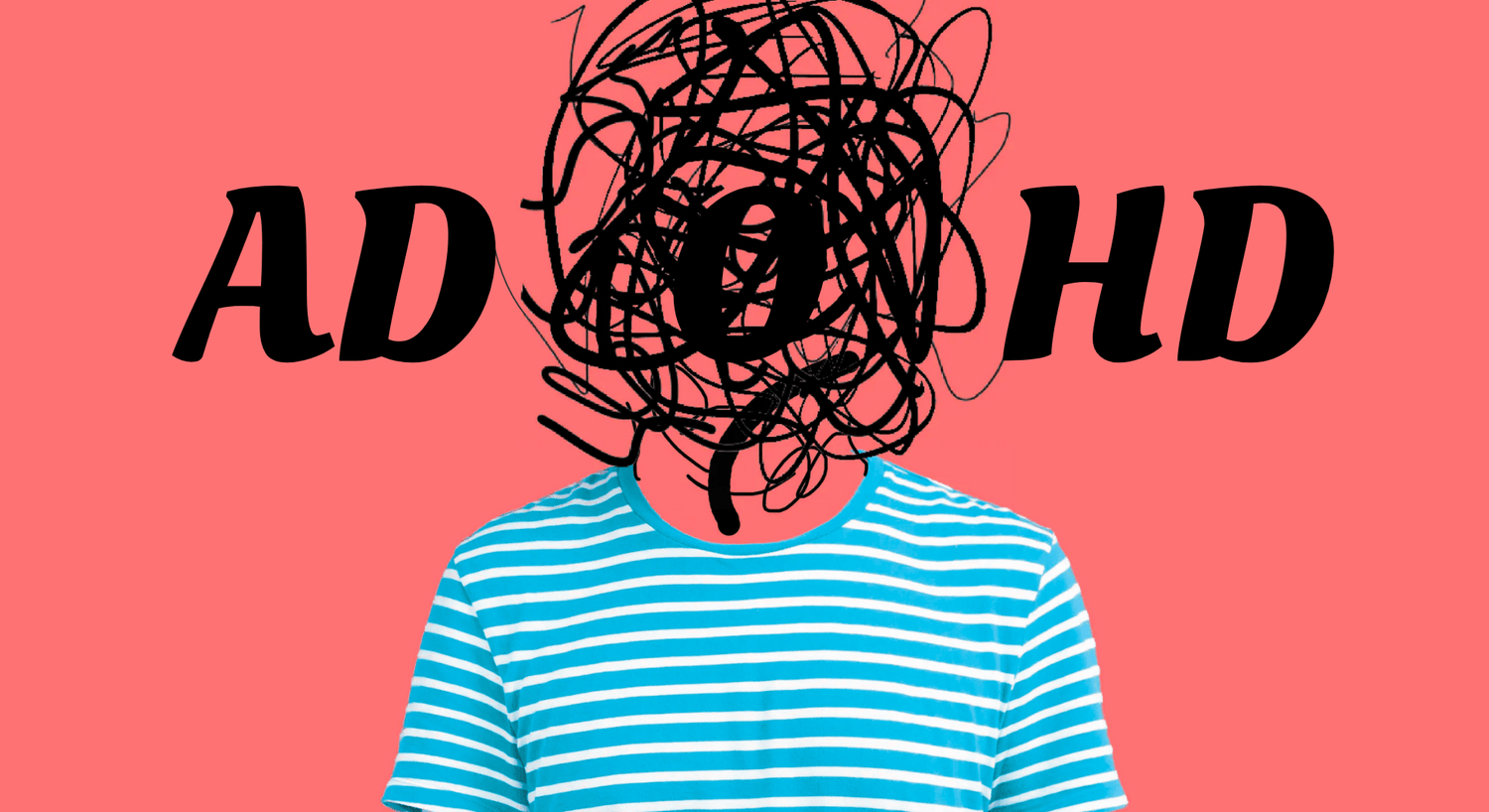
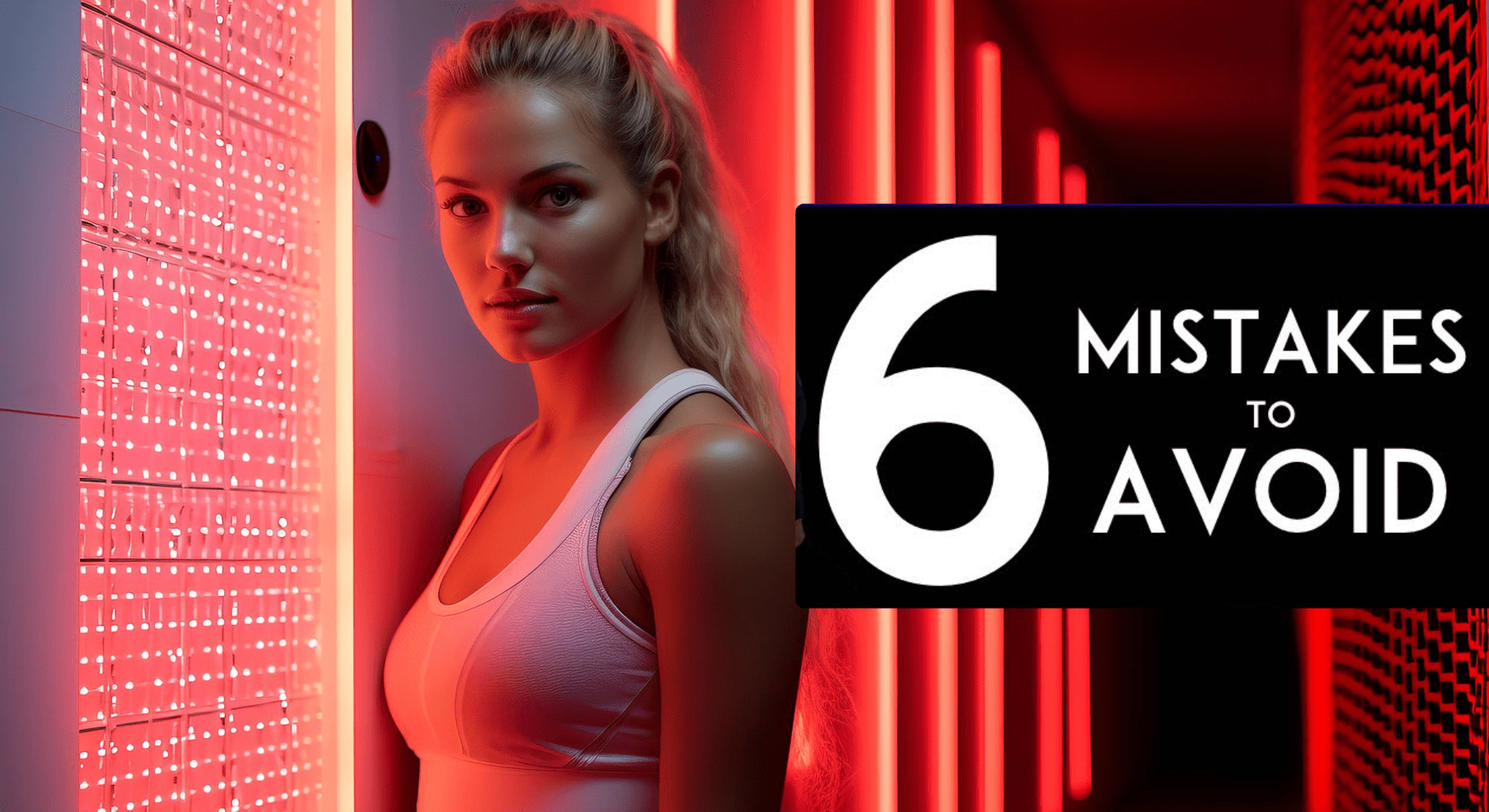
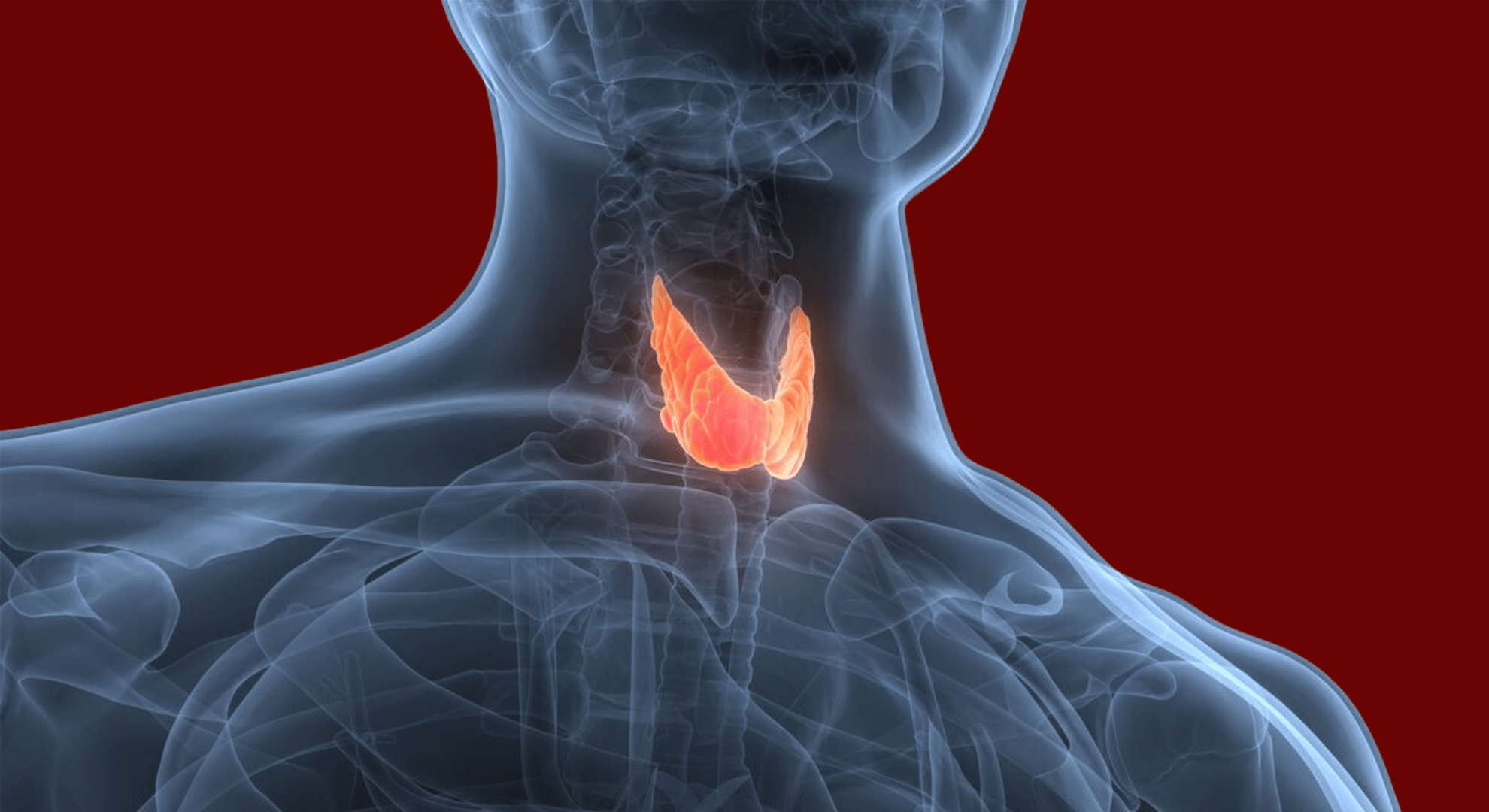
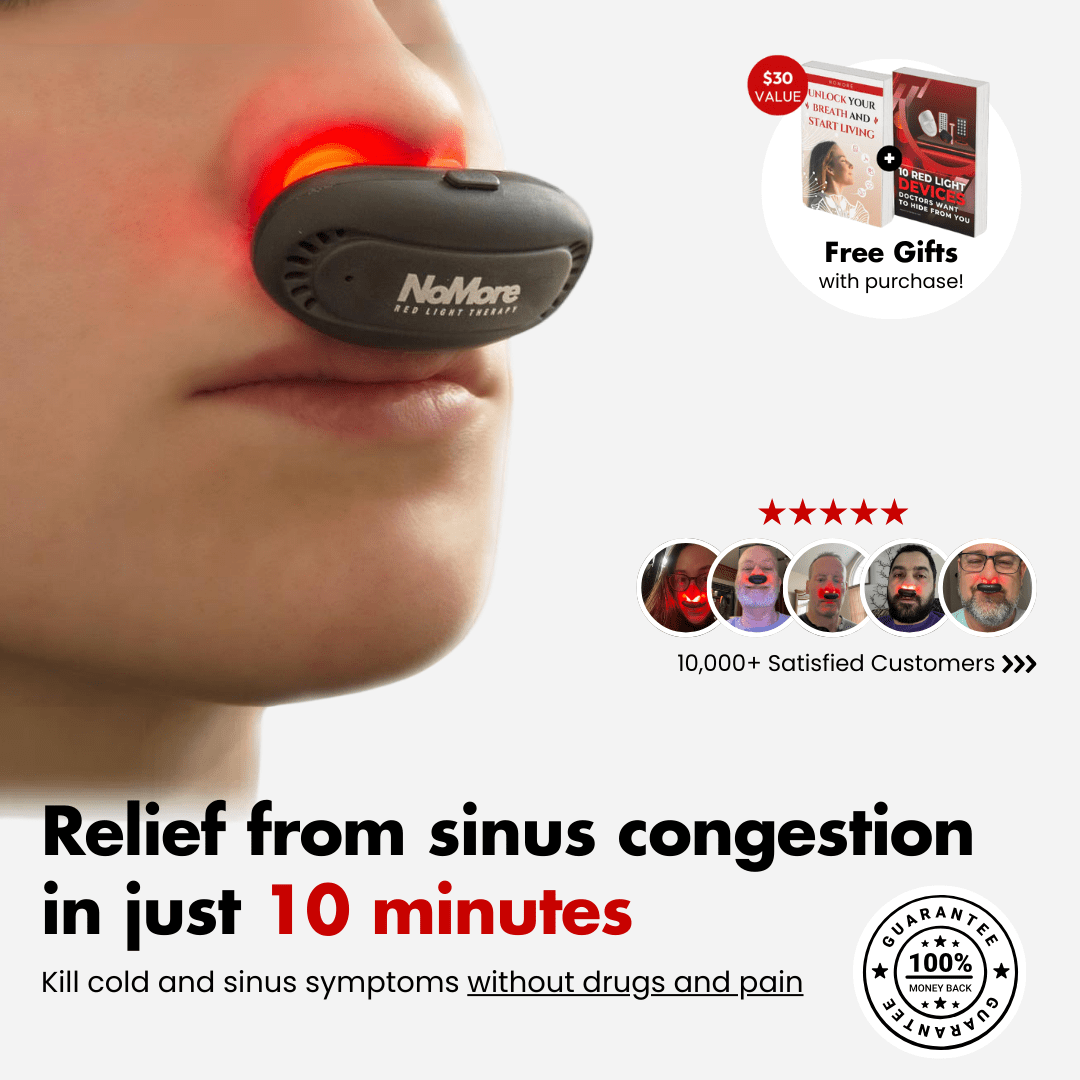
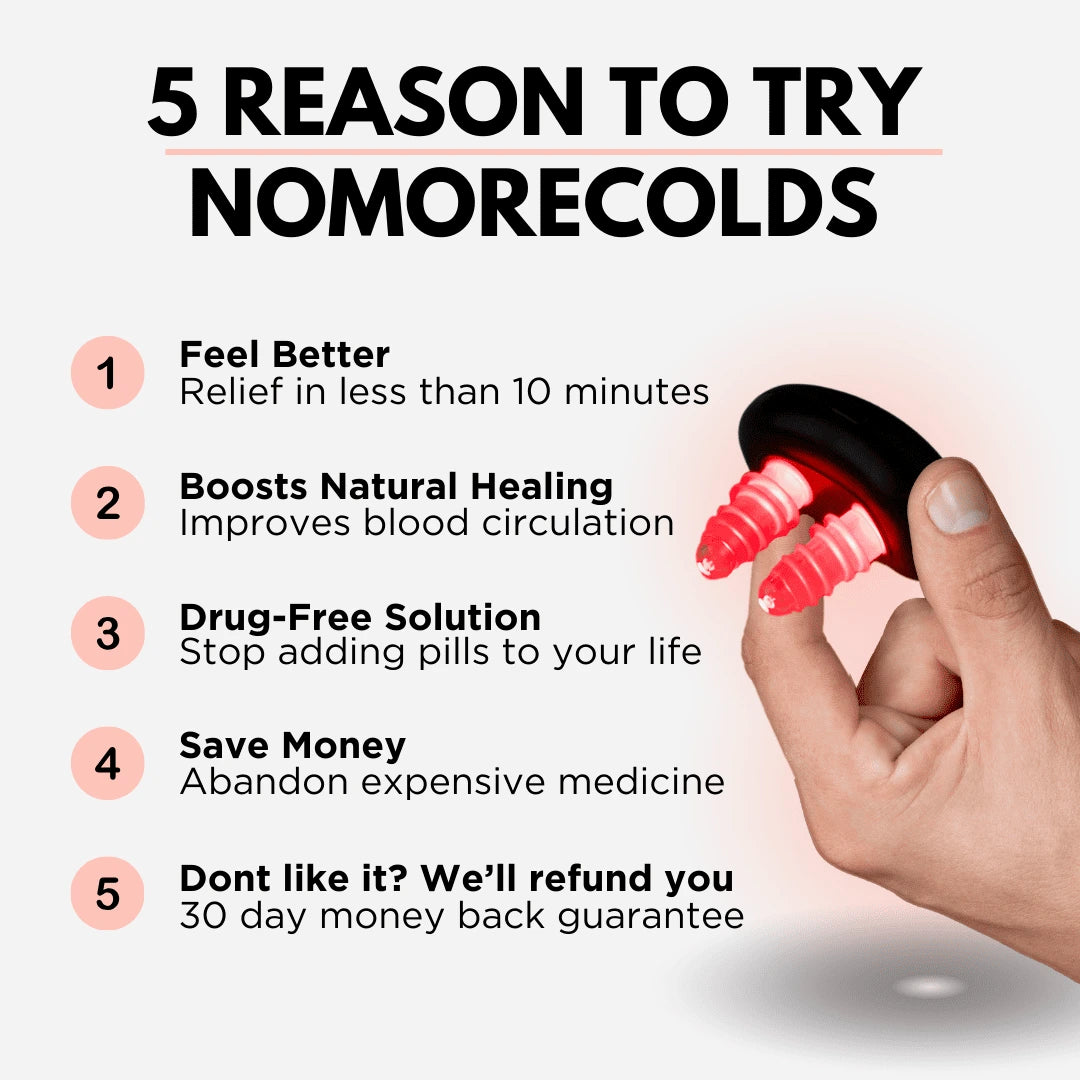
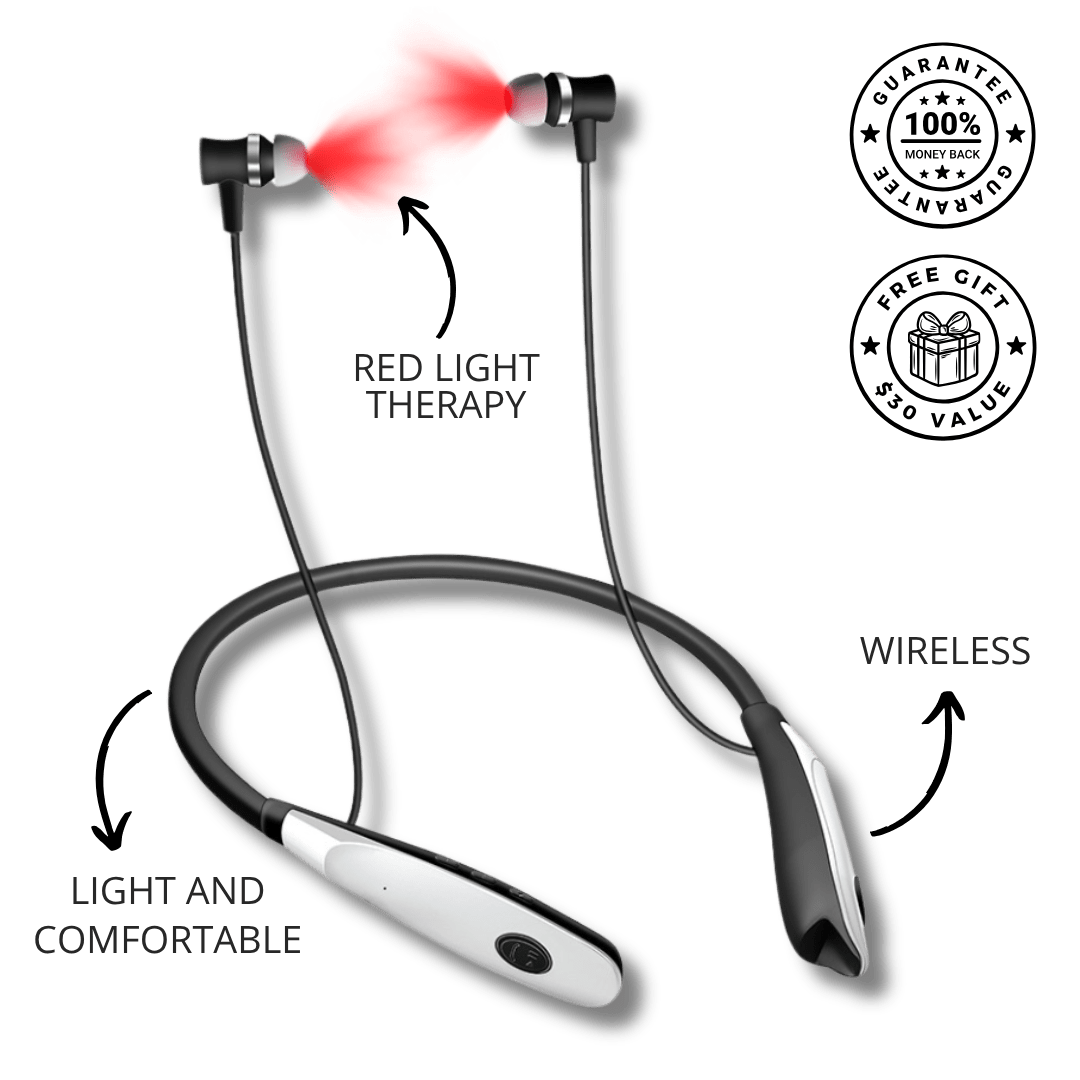
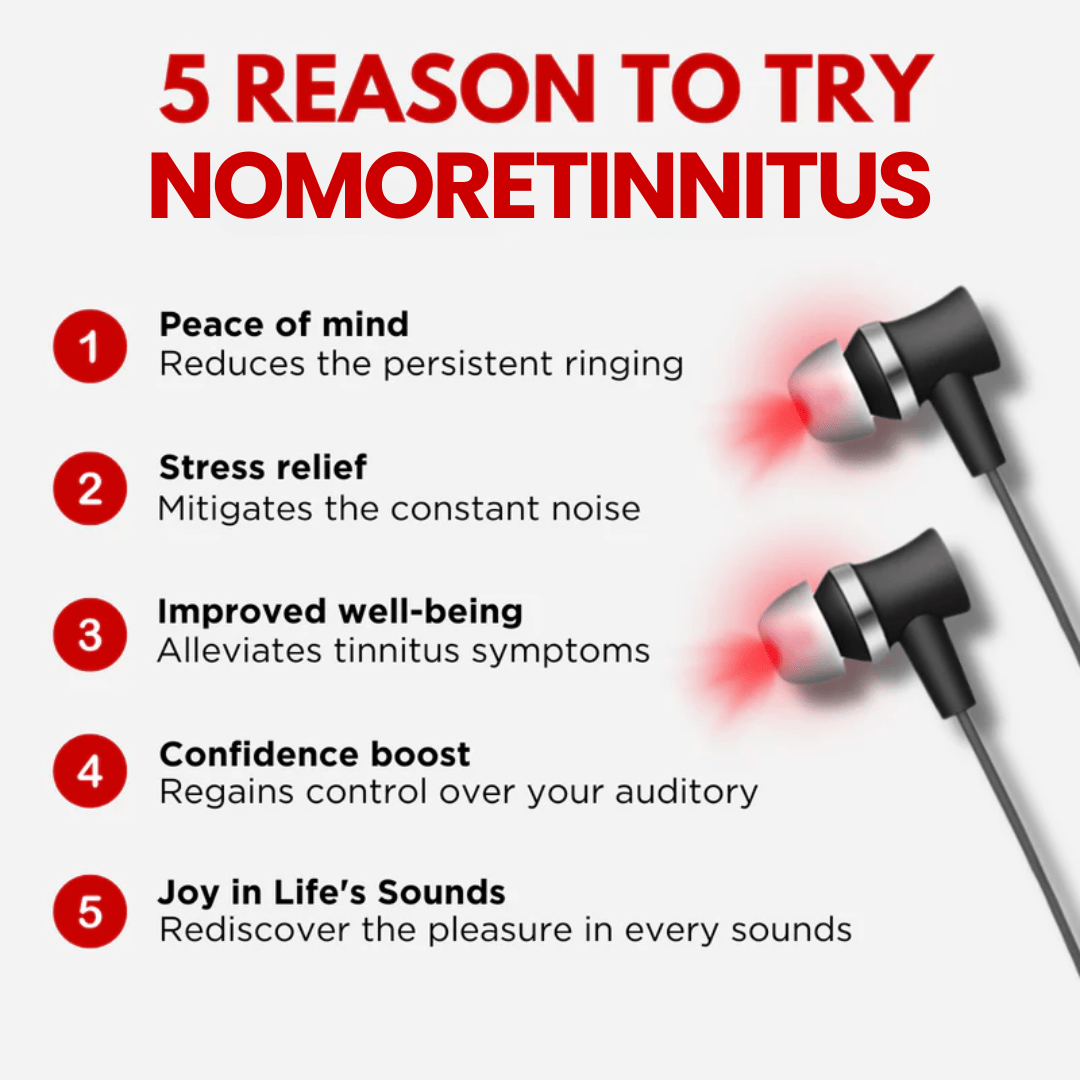
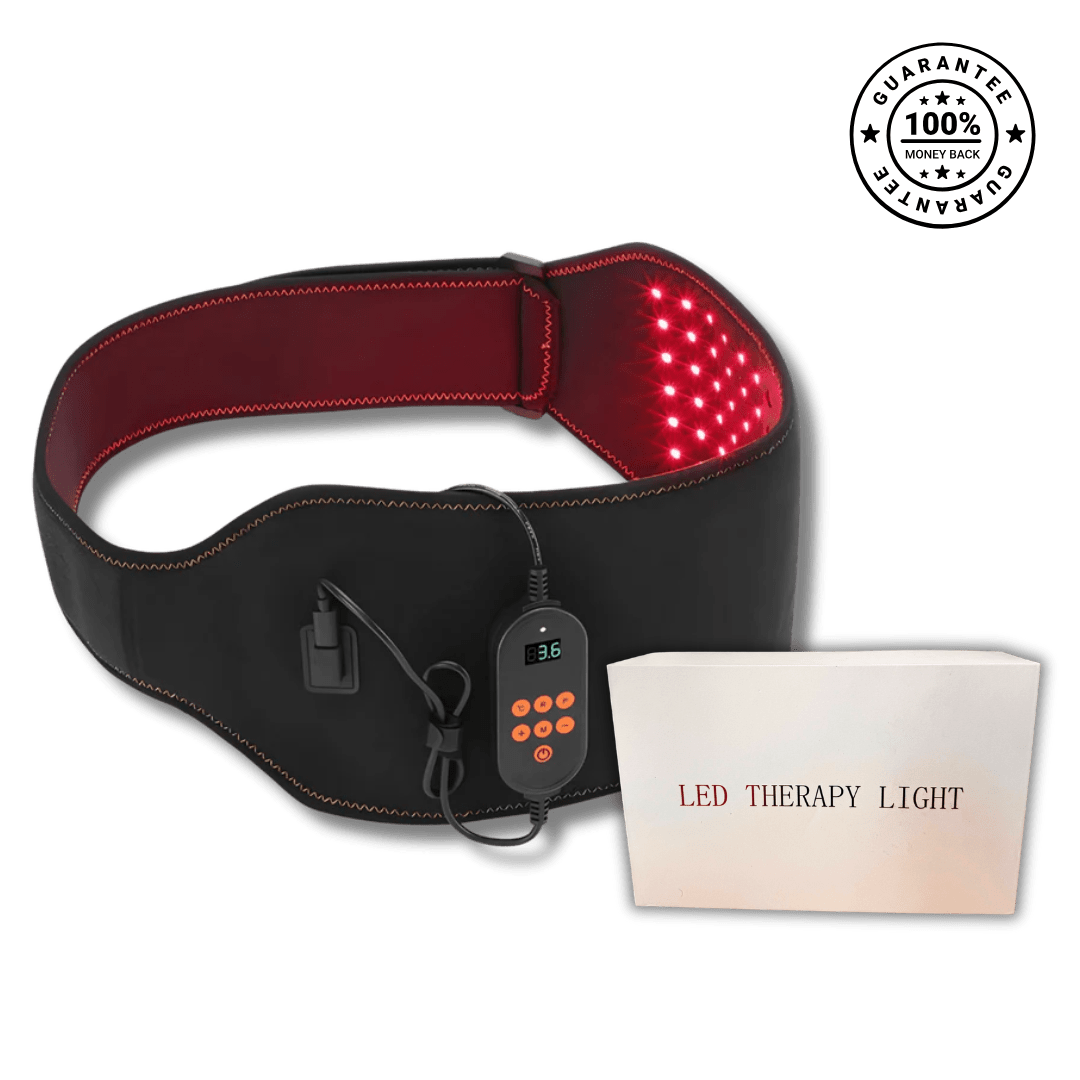
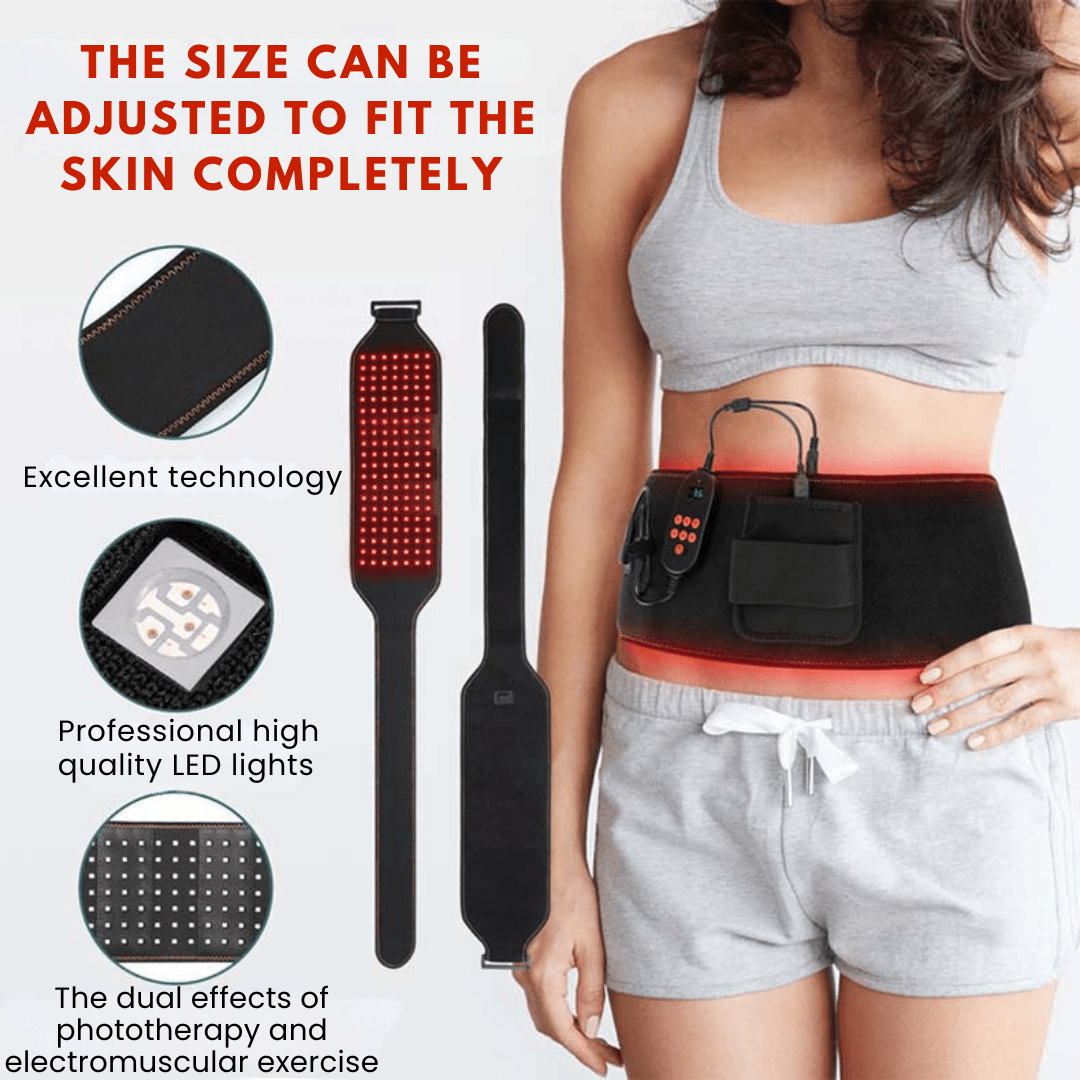
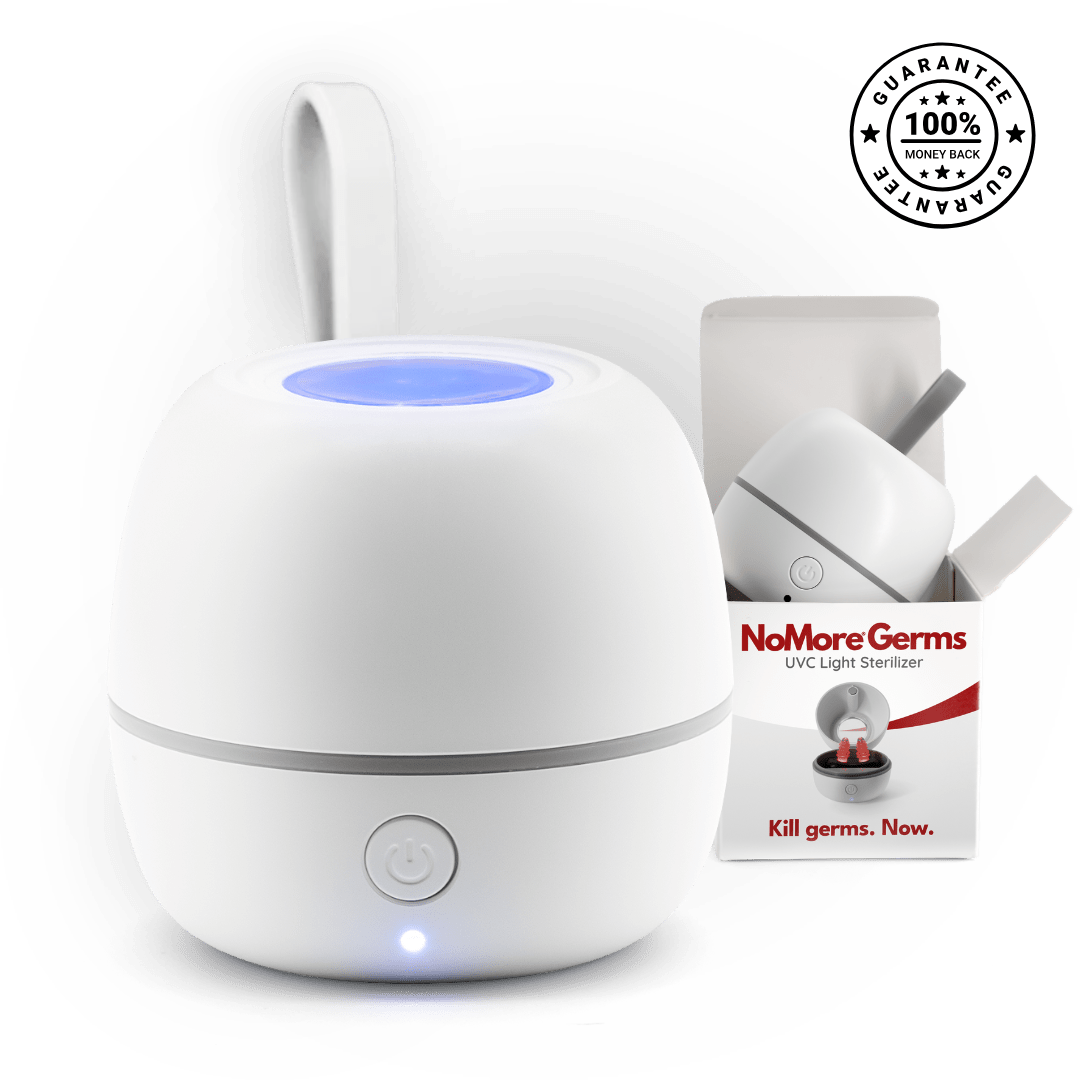
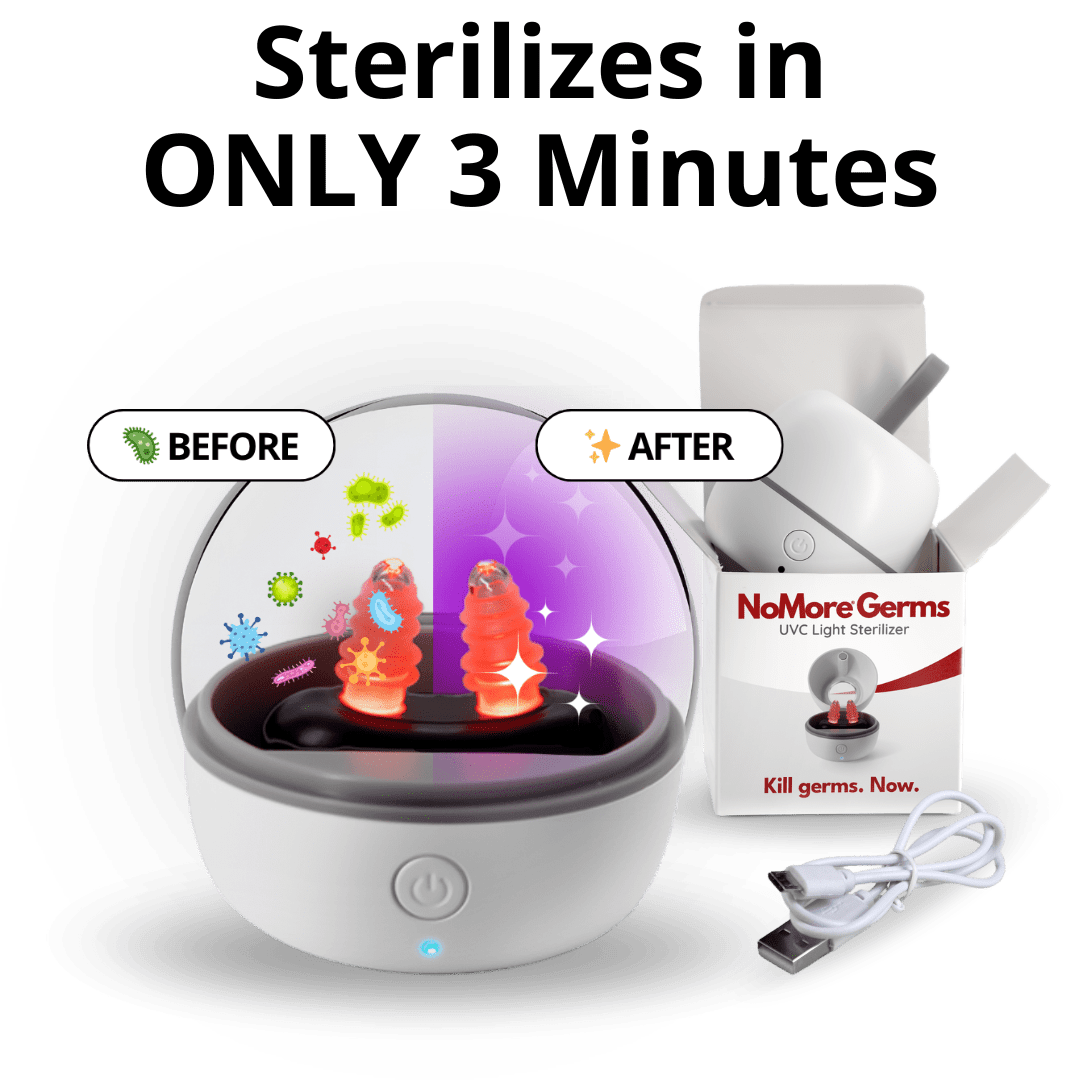
Leave a comment
All comments are moderated before being published.
This site is protected by hCaptcha and the hCaptcha Privacy Policy and Terms of Service apply.